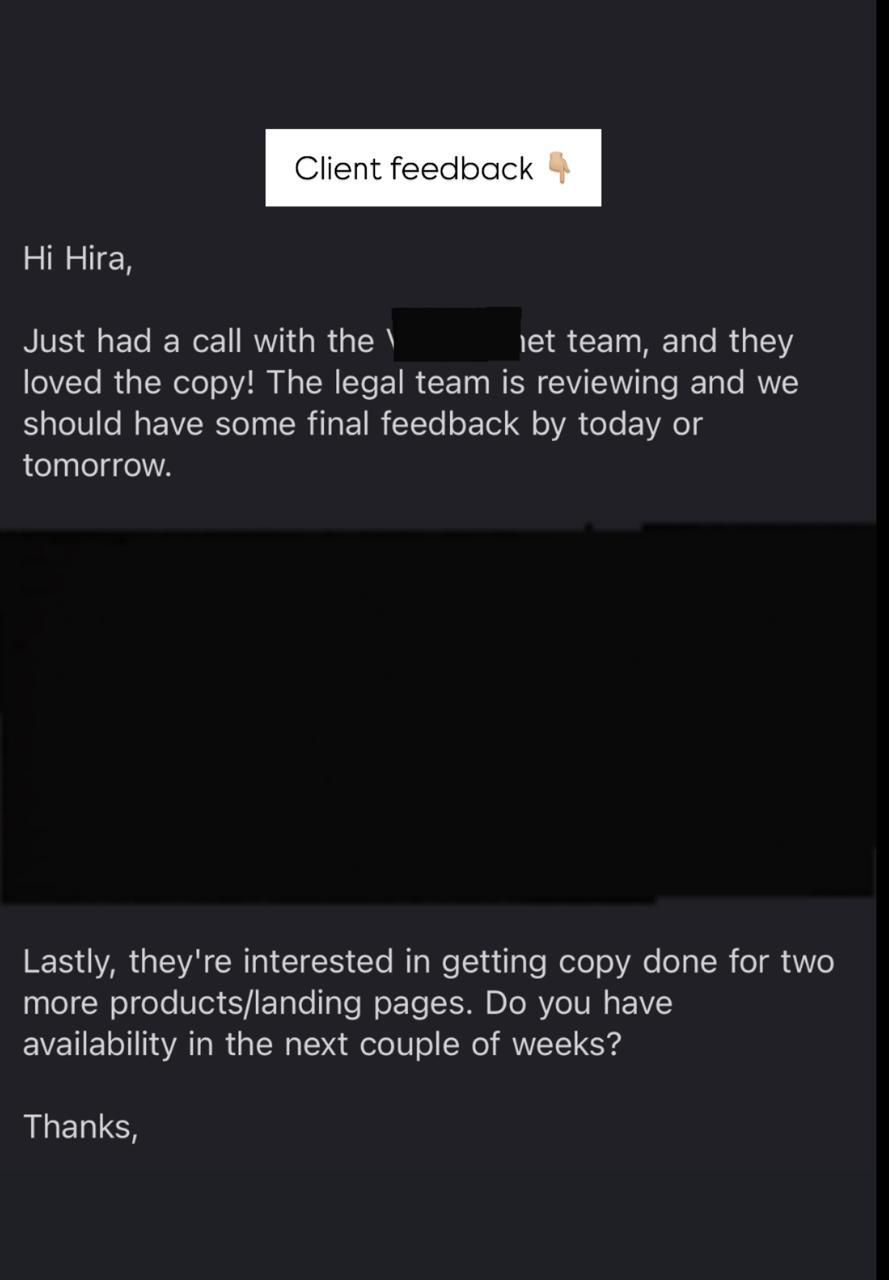- Keeping Up With The Conversions
- Posts
- Writing for Healthcare? Read this before you hit send.
Writing for Healthcare? Read this before you hit send.
How to make your health content *actually* memorable
Let’s be honest.
Writing for healthcare isn’t always thrilling.
You’re working with facts. Clinical trials. Important updates that affect real people.
But rarely do you get those Hollywood moments where the headline writes itself.
Most days, it’s:
“New treatment lowers blood pressure by 5 mmHg.”
“Data suggests mild improvement in cognitive scores.”
“Updated vitamin D guidelines released.”
Important? Absolutely.
Exciting? Not always.
Easy to forget? Sadly… yes.
So how do you make your message stick when you’re working with content that’s meaningful but not mind-blowing?
Here’s where the book Made to Stick by Chip and Dan Heath offers gold.
The Heath brothers studied why some ideas are unforgettable and why others fade faster than your New Year’s resolution. (Although, I sincerely hope that’s not true about your resolution this time.)
Before we jump in, just a quick note on why you might want to take this advice from me:
I write for an 8-figure GLP-1 brand (yep, that’s weight loss) and multiple supplement brands that live and breathe science-backed health content. It’s my job to take research-heavy info and turn it into emails and web copy that actually get read.
Here’s a little proof for the skeptics.

Now, let’s dive in.
Here are 3 tips from their framework that can transform your next piece of health content:
1. Make it simple (but not dumbed down).
Strip your idea to its core. Find the most important message—and say it in plain English.
✨ Why it works: Our brains crave clarity. Cognitive fluency studies show that the easier something is to process, the more we believe it—and remember it.
Instead of “omega-3s support neurocognitive function”…
Say: “Omega-3s help your brain stay sharp.”
2. Make it unexpected.
Surprise breaks patterns. It forces the brain to pay attention.
✨ Why it works: When something violates our expectations, our brain sends up an alert and goes: “Hey! This matters.”
Use it to your advantage by leading with a surprising stat, a myth-busting fact, or an unexpected analogy.
For example:
“Your gut has more neurons than your spinal cord. It’s basically a second brain.”
3. Make it concrete.
People remember what they can picture. Not what they can barely pronounce.
✨ Why it works: The brain creates mental snapshots. Abstract ideas get fuzzy fast—but specific images leave an imprint.
Instead of “reduces cardiovascular risk factors”
Try: “Lowers your chance of a heart attack.”
Concrete language = clarity = connection.
So the next time you’re staring down a dry press release or a less-than-thrilling study summary…
Remember:
It’s not about making something sensational.
It’s about making it stick ← (As Chip and Dan would say)
Hope this helps! :)
P.S. If you're ever unsure how to simplify something without oversimplifying it, try explaining it to a 12-year-old. Then, read it out loud. If it flows, you’re golden. If not, tweak it till it does.